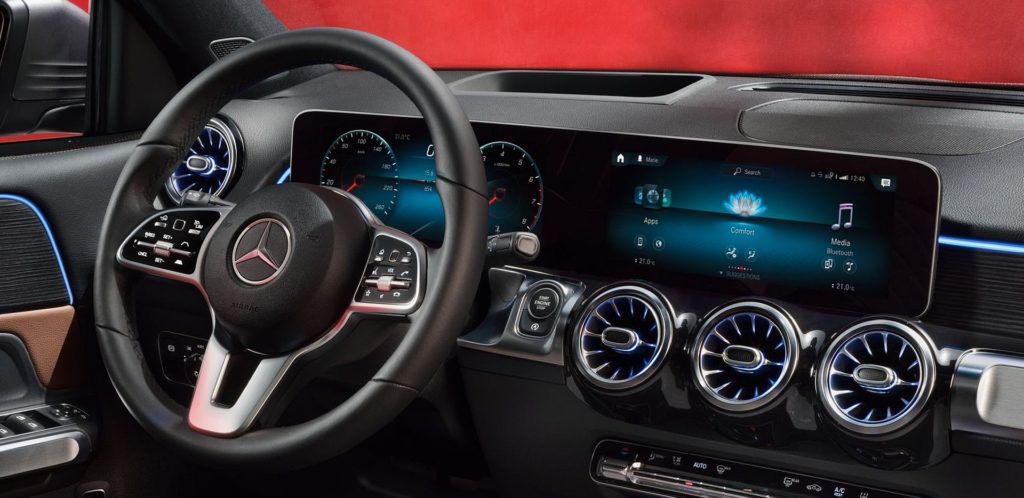
A bigger battery means an electric car can drive further. Still, connectivity and AI play an equally important role as they allow the vehicle to intelligently brake regeneratively or to coast, depending on topography and traffic. Driver involvement is the final piece to the puzzle.
Maximising electric range is a matter of making optimum use of the available kWh. This basically means that the vehicle needs to regenerate kinetic energy when deceleration is required, but also to coast and minimise friction when accelerating. Most (PH)EVs are good at the first part, i.e. converting kinetic energy back to electricity and thereby braking the vehicle, but less so at the second part.
Today, it takes an attentive and proactive driver to continuously judge the road ahead and either simply release the accelerator and make the car gently brake on the e-motor, or to switch the gear selector in neutral to ‘freewheel’ and make the car sail or coast as long as possible in anticipation of a junction, a roundabout, a lower speed zone or a turn.
Few people actually change all the time between Drive and Neutral to make optimum use of the battery. It could be fun and engaging but it’s not practical. Fortunately, OEMs like BMW and Mercedes-Benz have introduced a powerful connected brain to their latest PHEV models that does all the switching and predicting for you, while stimulating to make an effort yourself by rewarding you with a green score card.
BMW: continuous coasting and regenerating
The Bavarian premium carmaker has developed a new Operating System that not only gives access to a wider array of connected services, it also improves the efficiency of its electrified powertrains. Since the hybrid system is linked to the navigation system, the interaction between combustion engine and electric motor can be adapted more precisely to the route profile, topography and other driving situations in an anticipatory manner. The electric range is increased by recuperation in overrun and braking phases.
The coasting function on the overrun, among other things, contributes to a further reduction in consumption and an increased electric range. The navigation and sensor data-supported control system also optimises the effectiveness of braking energy recovery. When approaching a junction or a vehicle driving ahead, for example, infinitely adaptive recuperation can be put to particularly intensive use for the purpose of deceleration.
Mercedes-Benz: anticipatory Eco Assist
The third-generation hybrid technology’s energy management that can be found aboard the latest PHEV models from Stuttgart includes a so-called anticipatory Eco Assist. This uses the data from all the driving assistance systems – such as the radar sensor, cameras and navigation system – and helps the driver to adopt an energy-saving and environmentally compatible driving style. The powertrain management calculates precisely when it is best for the driver to come off the accelerator (and use the momentum for charging), and when and how often the transmission should change gear to save fuel and maximise the range of the electric drive.
The Eco Assist helps by prompting the driver to release the accelerator, use ‘gliding’ (or coasting, or sailing) mode or activate recuperation. It also uses the haptic accelerator to inform the driver when further acceleration is only possible by activating the combustion engine. At the end of the trip it lets the driver know the distance covered while the combustion engine was switched off.
Indeed, advanced connectivity and automotive brainpower combined with driver interaction and some sort of gamification or green driver kudos could make a real difference, not only in terms of emissions and range, but also regarding TCO. The less the combustion engine is employed, the more compelling the business case.
Source: FleetEurope